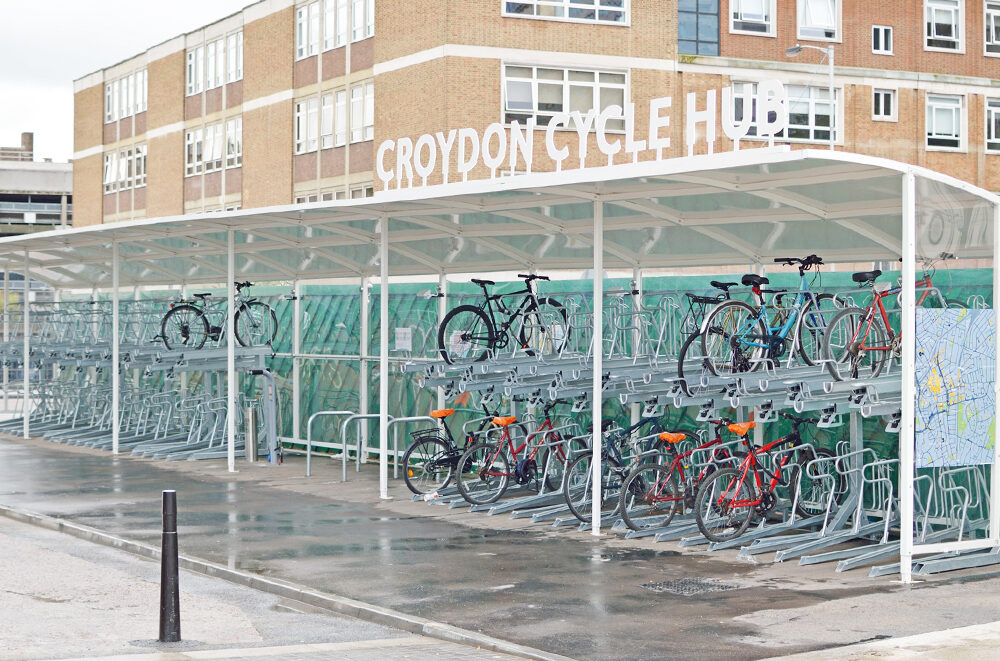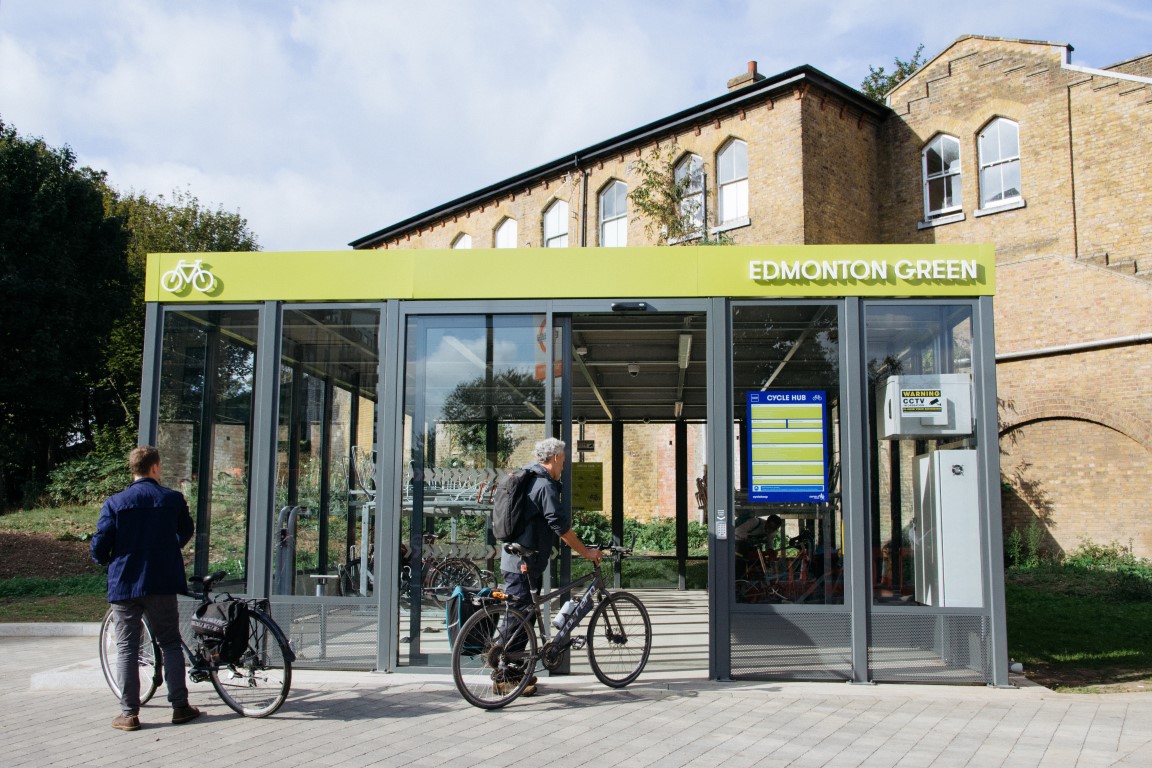As transport options become more varied, Mobility Hubs are crucial to making journeys more convenient and more sustainable.
Transport plays a major role in life in the UK; residents accumulated 799 billion passenger kilometres in 2023, with the average person making 915 trips across all modes of transport, according to figures published by the Department for Transport.
A key factor influencing transport behaviour is convenience; journeys with the shortest duration, the most direct route and the lowest waiting time are likely to be the most popular. Mobility Hubs help make mixed mode journeys more attractive by making connections faster and more convenient.
What is a Mobility Hub?
A Mobility Hub is a location where multiple modes of transport connect, featuring facilities such as cycle parking, dockless micro-mobility, car share schemes and EV charging. With close proximity to public transport terminals such as bus and train stations, they allow people to complete the shortest stage of their journey using the most suitable mode.
Mobility Hubs can take a wide range of sizes and forms, depending on the volume of traffic, the space available and the modes offered. A large city centre railway station with a bus terminal might need high density cycle parking such as Two Tier racking, space for dockless bikes or scooters and ancillary equipment such as Public Bike Pumps and Repair Stations.
A hub serving a smaller area with lower traffic could make use of Mobility Corrals and Planter Racks; configurable modular racks that can accommodate private cycles, dockless bikes and dockless scooters. Bringing greenery to these hubs, helps delineate the space and makes it more attractive to users.

How to make an effective Mobility Hub
Whist dockless vehicles can be left in open racking, for frequent cyclists with longer journeys the risk of bike theft is a major deterrent. Secure, fully enclosed parking with access control is essential to support cycling, this could take the form of a cage, a standalone Cycle Hub or a Trips Bikehangar – a secure, self-contained parking structure accessible via a smartphone app.
The mobility ecosystem
Mobility hubs are one element in a broad ecosystem. For cycling and micro-mobility schemes to be adopted successfully, other infrastructure must be in place to help them run safely and conveniently. These include cycle lanes and parking facilities. The Bikehangar and Mobility Corral allow a ‘network’ approach to mobility; by distributing them in key areas close to workplaces, services, shops and leisure facilities, short cycle and micro-mobility trips can be connected to hubs at larger transport interchanges, ensuring users have security and peace of mind at all stages of their journey.
Looking to kickstart your Mobility Hub project, contact our expert business development team:

